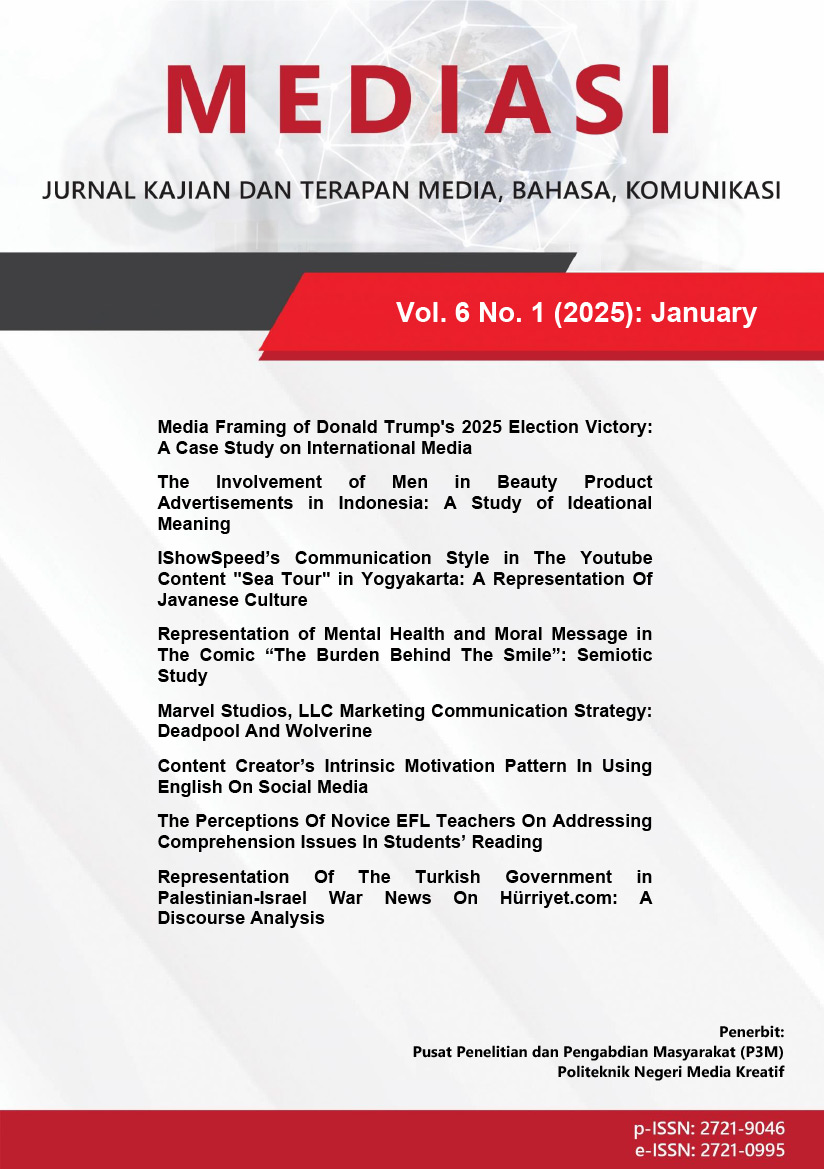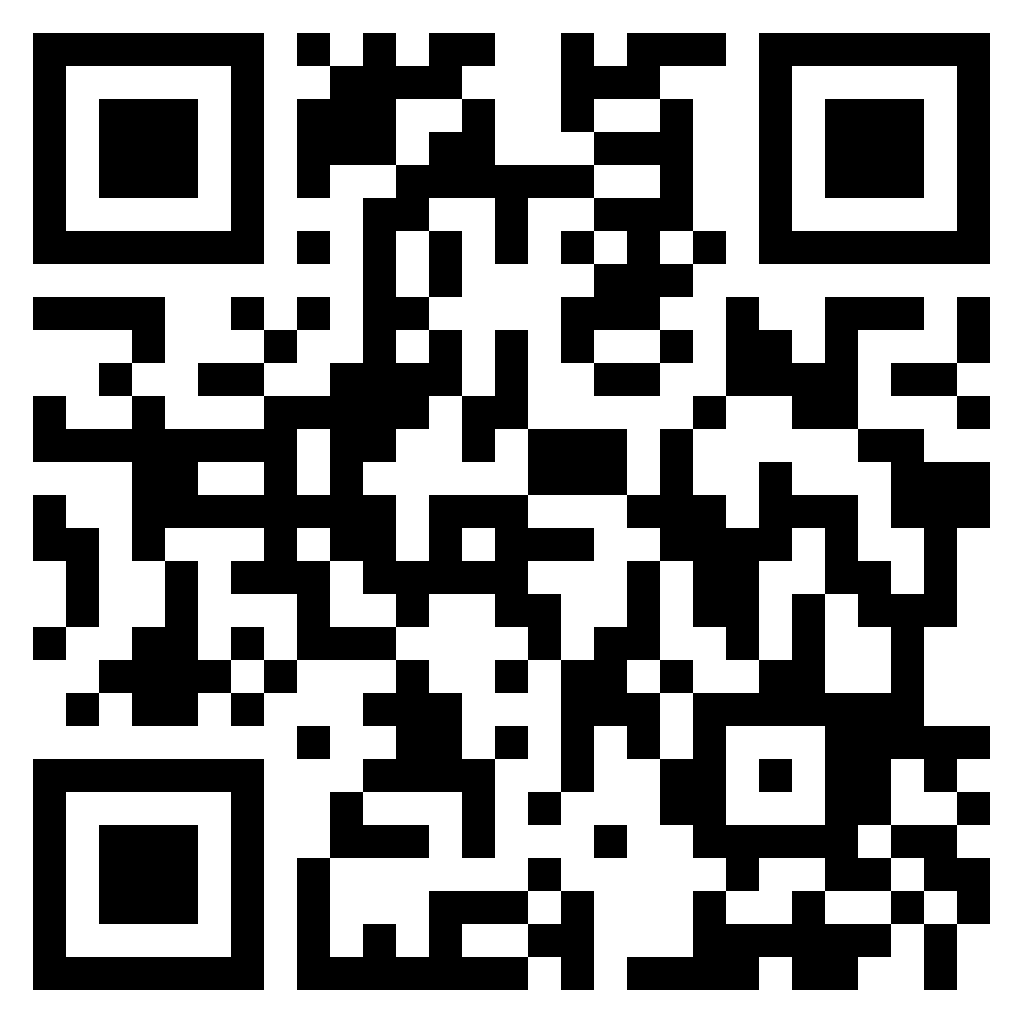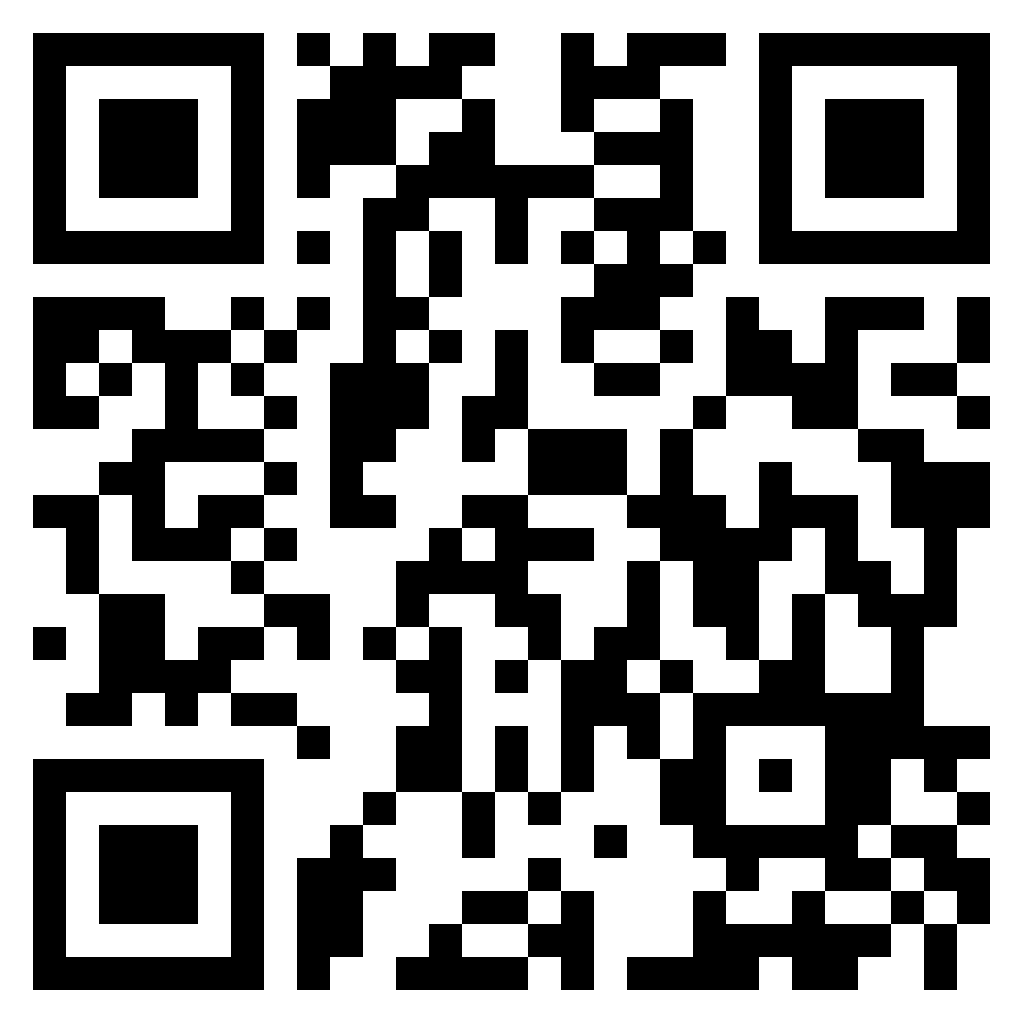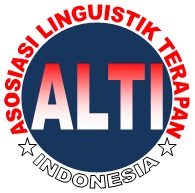IShowSpeed’s Communication Style in The Youtube Content "Sea Tour" in Yogyakarta: A Representation Of Javanese Culture
DOI:
https://doi.org/10.46961/mediasi.v6i1.1487Abstract
Communication style refers to the way a person interacts with others. IShowsSpeed acts as a communicator conveying messages about local cultural values. The cultural background, values, and habits from two different cultures can influence a communicator's communication style. This research aims to understand IShowSpeed's communication style in his YouTube streaming content titled "South East Asia Tour" in Yogyakarta. This research uses qualitative methods with the theory of social representation of the imitation concept as described by Paul Ricoeur. Data were collected using purposive sampling techniques to select specific video segments representing Javanese culture, followed by content analysis with an emphasis on verbal and non-verbal communication. The results of this study show that the IShowSpeed’s communication styles identified in representing Javanese culture are a combination of several communication styles, including The Relinquishing Style, The Equalitarian Style, The Dynamic Style, and The Structuring Style. Based on the research findings, it can be concluded that Ishowspeed uses different communication styles in representing Javanese culture.
Downloads
Published
How to Cite
Issue
Section
Citation Check
License
Copyright (c) 2025 Muninggar Setiyo Rini, Didi Permadi, Sarwo Edy

This work is licensed under a Creative Commons Attribution-NonCommercial 4.0 International License.
You are free to:
- Share — copy and redistribute the material in any medium or format
- Adapt — remix, transform, and build upon the material
- The licensor cannot revoke these freedoms as long as you follow the license terms.
Under the following terms: Attribution; NonCommercial; and no additional restrictions.















